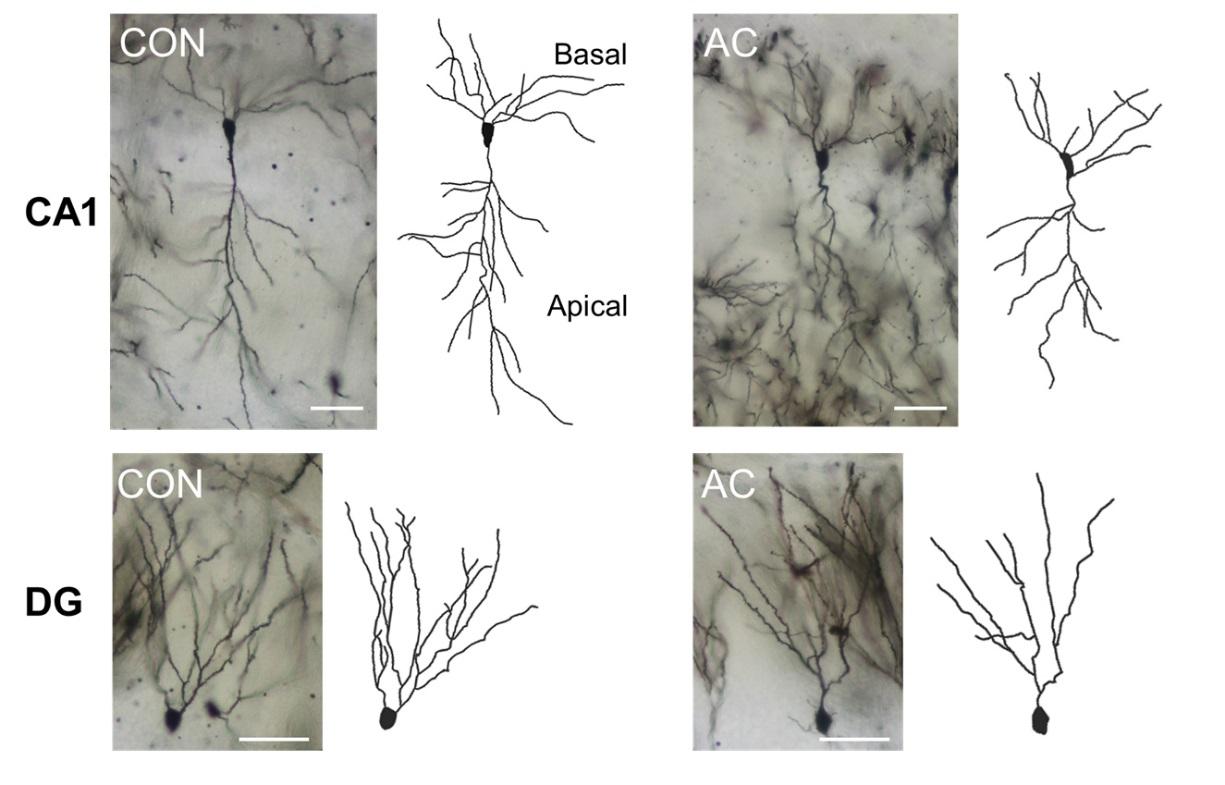Articles
Article Tools
Stats or Metrics
Article
Original Article
Exp Neurobiol 2018; 27(5): 419-436
Published online October 8, 2018
https://doi.org/10.5607/en.2018.27.5.419
© The Korean Society for Brain and Neural Sciences
Chronic Treatment with Combined Chemotherapeutic Agents Affects Hippocampal Micromorphometry and Function in Mice, Independently of Neuroinflammation
Sohi Kang1,†, Sueun Lee1,†, Juhwan Kim1, Jong-Choon Kim1, Sung-Ho Kim1, Yeonghoon Son1,2, Taekyun Shin3, BuHyun Youn4, Joong-Sun Kim5, Hongbing Wang6, Miyoung Yang7*, and Changjong Moon1*
1College of Veterinary Medicine and BK21Plus Project Team, Chonnam National University, Gwangju 61186, Korea.
2Primate Resource Center, Korea Research Institute of Bioscience and Biotechnology (KRIBB), Jeongeup 56216, Korea.
3Department of Veterinary Anatomy, College of Veterinary Medicine, Jeju National University, Jeju 63243, Korea.
4Department of Integrated Biological Science, Pusan National University, Busan 46241, Korea.
5K-herb Research Center, Korea Institute of Oriental Medicine, Daejeon 34054, Korea.
6Department of Physiology and Neuroscience Program, Michigan State University, MI 48824, USA.
7Department of Anatomy, School of Medicine and Institute for Environmental Science, Wonkwang University, Iksan 54538, Korea.
Correspondence to: *To whom correspondence should be addressed.
Changjong Moon, TEL: 82-62-530-2838, FAX: 82-62-530-2841, e-mail: moonc@chonnam.ac.kr
Miyoung Yang, TEL: 82-63-850-6758, FAX: 82-63-852-9115, e-mail: yangm@wku.ac.kr
†These authors contributed equally to this work.
Abstract
Chemotherapeutic agents induce long-term side effects, including cognitive impairment and mood disorders, particularly in breast cancer survivors who have undergone chemotherapy. However, the precise mechanisms underpinning chemotherapy-induced hippocampal dysfunction remain unknown. In this study, we investigated the detrimental effects of chronic treatment with a combination of adriamycin and cyclophosphamide (AC) on the neuronal architecture and functions of the hippocampi of female C57BL/6 mice. After chronic AC administration, mice showed memory impairment (measured using a novel object recognition memory task) and depression-like behavior (measured using the tail suspension test and forced swim test). According to Golgi staining, chronic AC treatment significantly reduced the total dendritic length, ramification, and complexity as well as spine density and maturation in hippocampal neurons in a sub-region-specific manner. Additionally, the AC combination significantly reduced adult neurogenesis, the extent of the vascular network, and the levels of hippocampal angiogenesis-related factors. However, chronic AC treatment did not increase the levels of inflammation-related signals (microglial or astrocytic distribution, or the levels of pro-inflammatory cytokines or M1/M2 macrophage markers). Thus, chronic AC treatment changed the neuronal architecture of the adult hippocampus, possibly by reducing neurogenesis and the extent of the vasculature, independently of neuroinflammation. Such detrimental changes in micromorphometric parameters may explain the hippocampal dysfunction observed after cancer chemotherapy.
Graphical Abstract

Keywords: Chemotherapy, Hippocampus, Neurogenesis, Neuroinflammation, Neuronal architecture, Vasculature


